We need more young leaders all round the world, and parents who encourage and support their exploratory curiosity. The more they learn about their world, the more they will love it.
Three years ago we had been living in England on a farm surrounded by daisy and poppy fields and small woods of oak, beech and coppiced hazel. The children, Leah and Peta, had built a den of fallen branches and moss, and watched snowdrops and daffodils take their seasonal turns. In late Spring we would hunt for wild orchids and watch tadpoles grow up. But it was not all bucolic harmony all the time. We also experienced nature red in tooth and claw. In the woods we sometimes stumbled upon carcasses of fowl picked clean by a buzzard or hen harrier, and every year we tried to save mallard ducklings from the talons and beaks of grey herons and red kites.

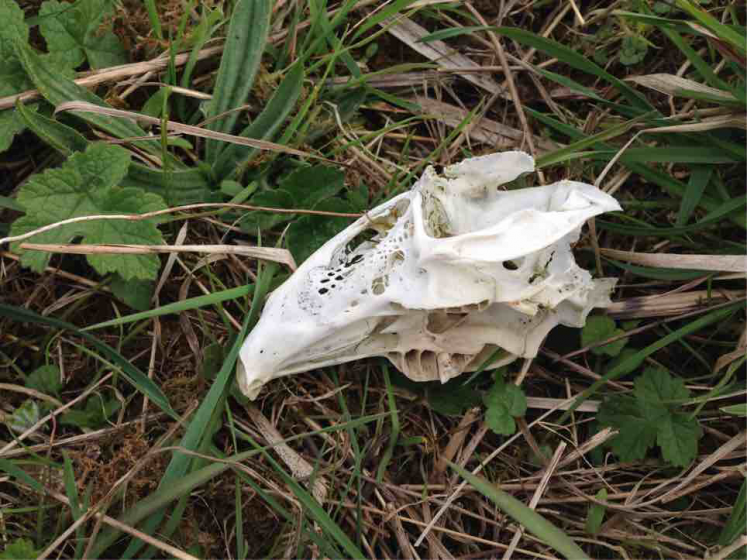
Tropical diversity
When we moved to Singapore we thought we would be severely deprived of natural sights in this city-state. Even though there are nature reserves and parks in what is proclaimed as a “garden city”, we were not initially convinced that their charms could replace those of rural Hampshire.
Then one Saturday, to get fresh air but also out of curiosity, we joined a guided tour of the MacRitchie Nature Reserve organised by the National University of Singapore’s (NUS) Toddycats—a group of local university students who care about the environment. It turned out to be a pivotal experience for us. Not many steps into a trail we were electrified when a snake raced across the path between our feet. Our guide was delighted and remarked that it was the first time that a snake had surprised her like that, adding that it was most likely a Common Malayan Racer, Coelognathus flavolineatus. The incident jolted us from our complacency and we began then to really pay attention to what our guide had to say.
She helped us put names to many unusual local and non-native trees and plants in the forest reserve. There was the cluster of nibong palm, Oncosperma tigillarium(nibungis thorn in Indonesian) with sharp thorns that could be used as blow darts. And fruit much like the horse chestnut conkers of Europe, but which come from a native species of chestnut, the Kertak Tangga, Castanopsis schefferiana. We saw the beautifully wrinkled trunks of the Tembusu, Cyrtophyllum fragrans(the old scientific name used to be Fagraea fragrans) and learnt about the chewing gum tree, the Jelutong, Dyera costulata. There was the vivid Wild Ixora, Ixora congesta, which prefers being in the forest shade. The rubber tree, Hevea brasiliensis, once a highly valuable crop and originally from South America, we could now distinguish from other trees by its three-leaved saplings and three-lobed fruit.


It was through the Toddycats that we learned about the government’s plans to tunnel an MRT (Singapore’s subway) line under part of the forest anid how this could harm MacRitchie’s ecosystem and along with it the wildlife of the Central Catchment’s forests, of which MacRitchie is a part. Having been jolted from our complacency, we now started to really understand the significance of conservation, and of reserving natural spaces for wild flora and fauna, as we stood to lose a place, we’d come to cherish
After MacRitchie we went on another guided walk, this time among the diverse habitats of Pulau Ubin’s Chek Jawa district. Pulau Ubin (Ubin Island) is only a 10-minute boat ride from the eastern end of Singapore, but it is a time capsule of a Singapore from a not-too distant past. Village houses roofed in corrugated iron partly line a single road that almost circumnavigates the entire island. Chek Jawa, on Ubin’s eastern flank, had been earmarked for resort development but virtually at the last minute was given a 10-year reprieve. The National Parks Board (NParks) seized its chance and restored and created new boardwalks that the public could use, enabling greater ease and safety for the public to learn about the unusual richness of Chek Jawa’s ecosystem – it has six habitats: rocky shore, sandy beach, mangroves, coastal hill forest, seagrass lagoon and coral rubble.
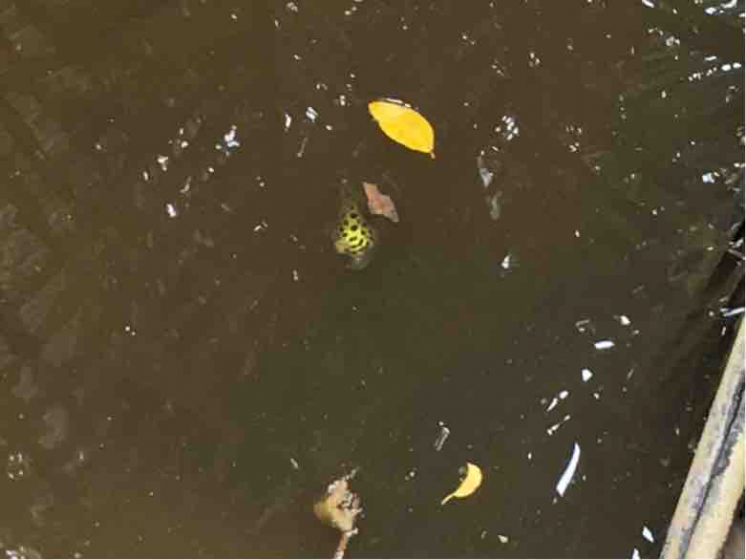
It was on the mangrove boardwalk that we spied a pufferfish, the adorable Green Spotted Puffer, Dichotomyctere nigroviridis (syn. Tetraodon nigroviridis). It ignited Leah’s interest in mangrove and marine creatures. Her keenness led us to volunteer with NParks’ Intertidal Watch, a citizen science group that records marine life biodiversity in the intertidal zone of Singapore’s coasts. Both Leah and Peta enjoy mucking about in the sand, sifting through seaweed or seagrass to peer at snails and crabs, delighting in discoveringnew animals like sea hares.


It was from these intertidal surveys that our experience of Singapore’s natural bounty broadened. Our coastal waters are so rich in invertebrates and fish, nurtured by the seagrasses and off-shore coral reefs. On our own intertidal walks, we have come across varied sea cucumbers, crabs and sea stars. Once we rescued a baby moon crab, Ashtoret lunaris, which had been hidden in seaweed trapped in a large plastic bag. Luckily we had emptied the bag of seaweed before binning as the tiny creamy-yellow crab plopped onto the sand before scuttling away. And this lead us to more fully understand the urgent issue of pollution and littering. While it is amazing to record all the fauna on each intertidal survey, we also saw first-hand how human trash, especially plastic products, impede and outright harm marine life.
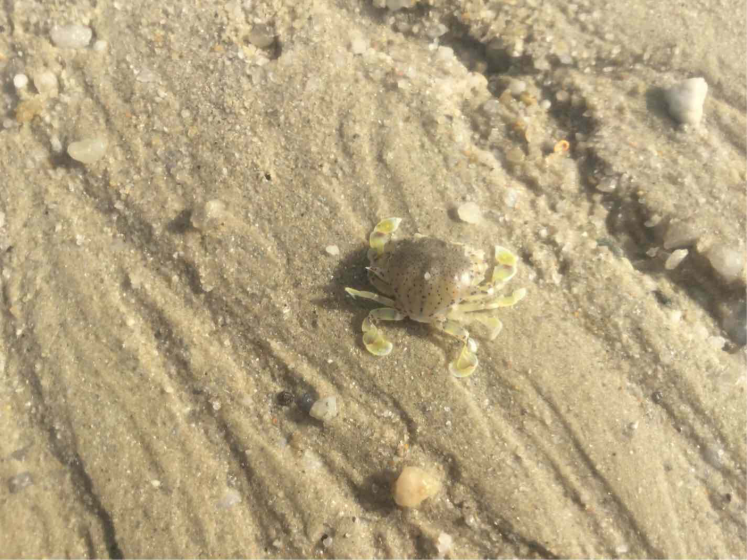
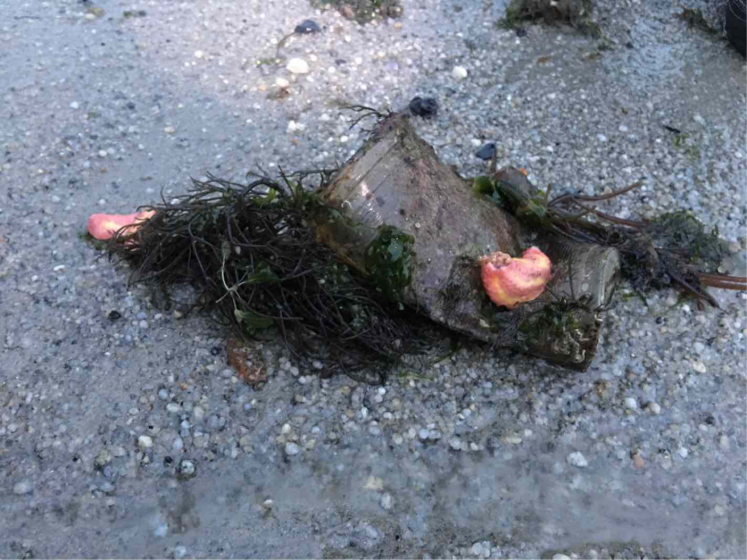
It is now not just about terrestrial habitats which need conserving, but the protection of Singapore’s diverse marine life.
From participating in various nature surveys (for birds, butterflies, and intertidal flora and fauna), we began to help with the NUS-NParks Marine Debris Sampling project, bagging fine sand for the researchers to examine for microplastics, and engaging in more beach clean-ups.
Recycling our knowledge
Eventually we tried our hand at being guides ourselves when we returned to Pulau Ubin for this year’s “Balik Chek Jawa” (Chek Jawa Homecoming) event with the nature group, Naked Hermit Crabs. It was our turn to infect other members of the public with an appreciation for Singapore’s biodiversity. If we can share our ideas and knowledge with members of the public, perhaps they too will want to protect the amazing things we can see in and around Singapore.
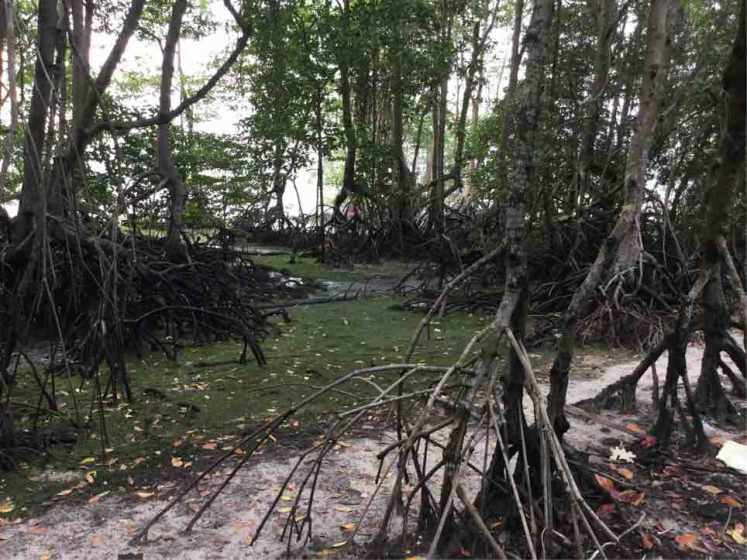
At home, Peta is now running a biodiversity survey in our neighbourhood park, using NParks’ app, SGBioAtlas. The data will go into NParks’ database, BIOME, and will show them what species there are, and what is common or uncommon. Only a week ago Peta and Leah spotted a Tiger Shrike, Lanius tigrinus,in a Tanjung tree, Mimusops elengi, as it is now the autumn migration season and we should be seeing more bird visitors. NParks would be able to use this data to help the animals, which could mean choosing different plant species to attract them.
Leah is organising a regular beach clean-up to monitor the amount of rubbish collected at the same location over time. Although her Scout pack does a yearly beach clean-up for the International Coastal Clean-up event, Leah felt that once a year would not be as effective, especially to reinforce the idea that preserving a pristine natural environment is every person’s responsibility and not just the job of a contract cleaner.
Looking back over the past few years, our feelings towards Singapore’s natural biodiversity have certainly evolved, from ignorance to curiosity and now determination to conserve as much as we can.
The younger generation taking the lead
It is heartening to know that young people like Leah12 and Peta 9, are exploring the natural ecosystems in a densely populated city-state like Singapore. They are discovering that the diversity of species can co-exist with humans in a wide range of habitats. More importantly, they are documenting the rich flora and fauna in urban and natural ecosystems, building up a growing population of citizen scientists, sharing their biodiversity data and proactively conserving our rich biodiversity. If more young people monitor and record the biodiversity in their neighbourhood, we will be able to accumulate a rich database of the plants and animals living around us. With that invaluable information, we can proactively encourage people to plant suitable species that will function efficiently as ecological corridors.
We need more of these young leaders all round the world, and parents who encourage and support their exploratory curiosity. The more they learn about their world, the more they will love it. After all, it is their planet and their future that they are saving for themselves and their descendants.
Leah Thorpe, Peta Thorpe, Olivia Tay and Lena Chan
Singapore
about the writer
Peta Thorpe
Peta is 9 and has no major ambitions yet. Her favourite animals are rabbits, owls and cats.
about the writer
Olivia Tay
In a past life Olivia was a Managing Editor for the Malaysian Nature Society but is now busy looking after two monkeys full-time.
about the writer
Lena Chan
Lena Chan is the Director of the National Biodiversity Centre (NBC), National Parks Board of Singapore.


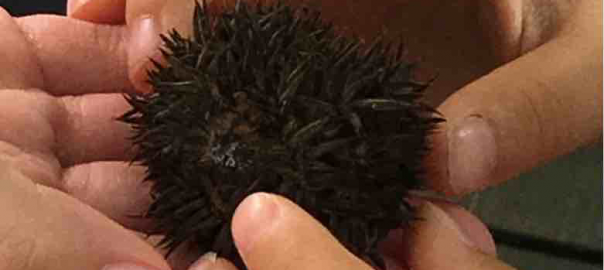
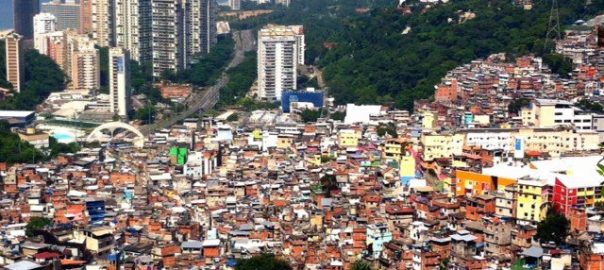

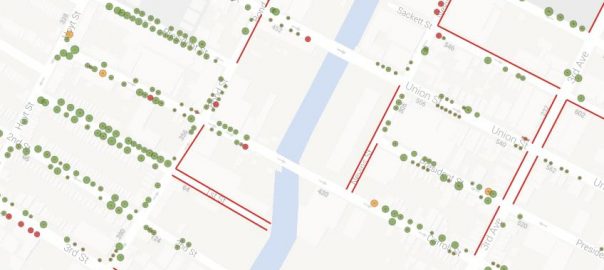
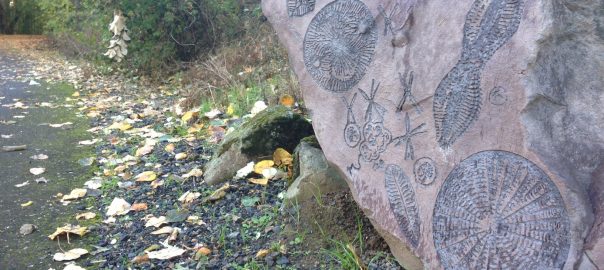
Leave a Reply